Adam Lines, Collections Academic Liaison Officer
Caroline Gould, Principal Archivist
Claire Clough, UMASCS Librarian
Digitisation is becoming an ever-important aspect of the way collections are managed and shared. Colleagues at The Museum of English Rural Life and the University of Reading Special Collections hosted an audience of colleagues recently, eager to learn more about their work in this area. Here’s a short summary of the insights and advice they shared.
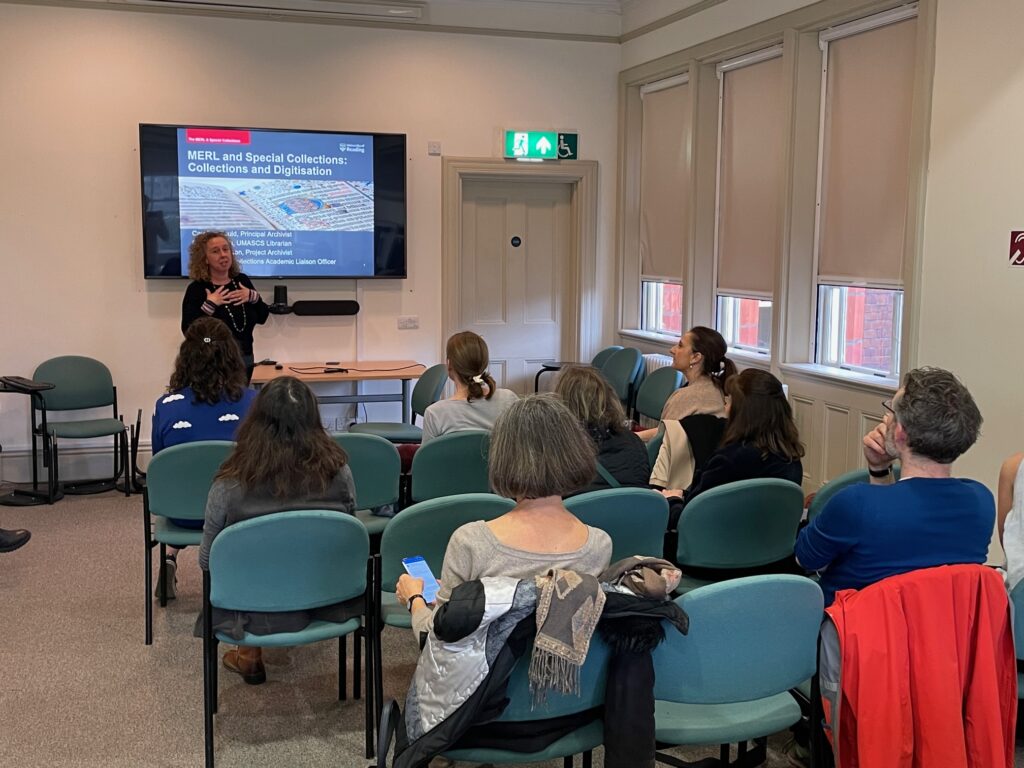
Why do we digitise?
- To provide a visual aid on the collections catalogue so that researchers can see the item when they search.
- To provide access to slides and negatives in our reading room that are a little too delicate for regular handling.
- To preserve items of financial or historical significance that would otherwise be damaged by overuse.
How do we digitise?
We have a host of different equipment for digitisation. Some we’ve had for a long time and some we were lucky enough to acquire through recent AHRC funding to provide sustainable digital infrastructures.
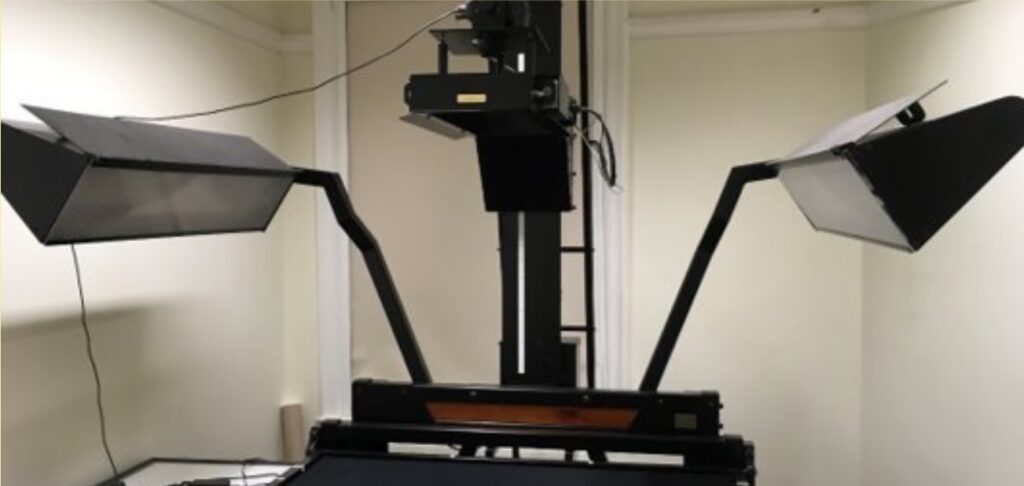
One of our digitisation suites is dominated by a camera and mount which allows us to photograph flat items as well as bound volumes up to A1 size. It was a huge investment but has meant that we have been able to undertake a huge amount of digitisation in-house rather than paying large amounts of money for external companies to do it. We’ve recently added a portable A3 size version of this setup at our offsite store so that collections can be digitised there without being transported back to The MERL.
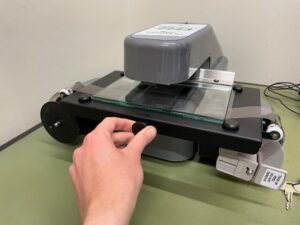
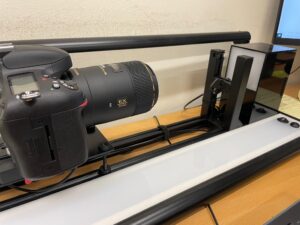
We have a flatbed scanner that enables us to scan 35mm negative strips as well as medium format negatives. We also have a specially built slide scanner with a mounted camera, and a microfilm/fiche scanner. We do sometimes use a professional photographer, especially for large documents. This ensures we get the best image possible, which is crucial for exhibitions and commercial use.
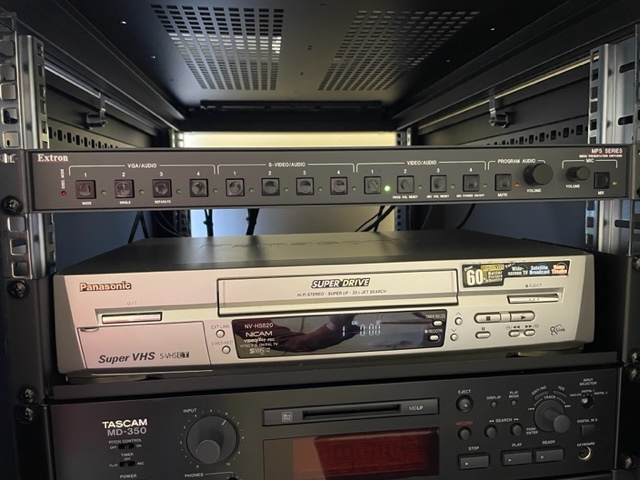
Our digitisation work also extends to other formats. Our new audio-visual rack has VHS, cassette and minidisc players all connected to a powerful PC to capture and edit this content. We are busy drawing up procedures and guides so that more staff on the team can use the equipment.
How do we store and share?
The way we store and share digitised content has changed considerably over the years.
We used to store all the images we took on CDs, but these will become obsolete and are not the most secure medium. We’ve also backed up digitised content on university drives and servers, but these files can be easily deleted by staff by mistake.
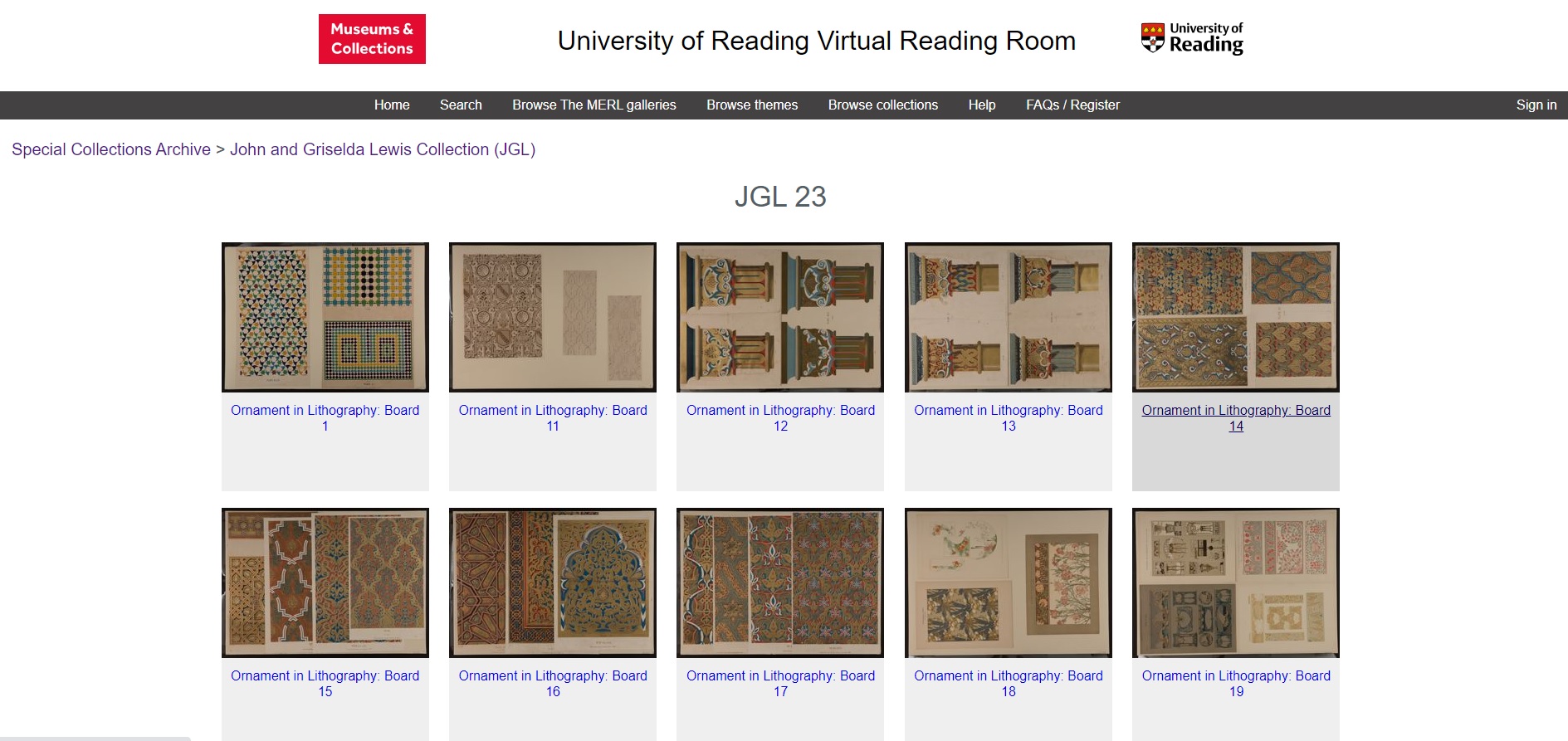
We have now progressed onto a digital asset management system (DAMS). The advantage of using a DAMS is you must have permission to delete digital assets so it’s more secure and you can search for images using keywords which you can’t do on a shared drive. Our Virtual Reading Room is an online portal where we securely provide access to digitised content to researchers around the world.
Exhibitions and Research
Online exhibitions enable us to enhance the visibility of our collections and tell stories about them. They offer a visual and digital output for collections-based research projects. They are built around images, audio and video content with captions added to them. We have a variety of visually appealing ways to structure these exhibitions depending on the desired audience and aims.
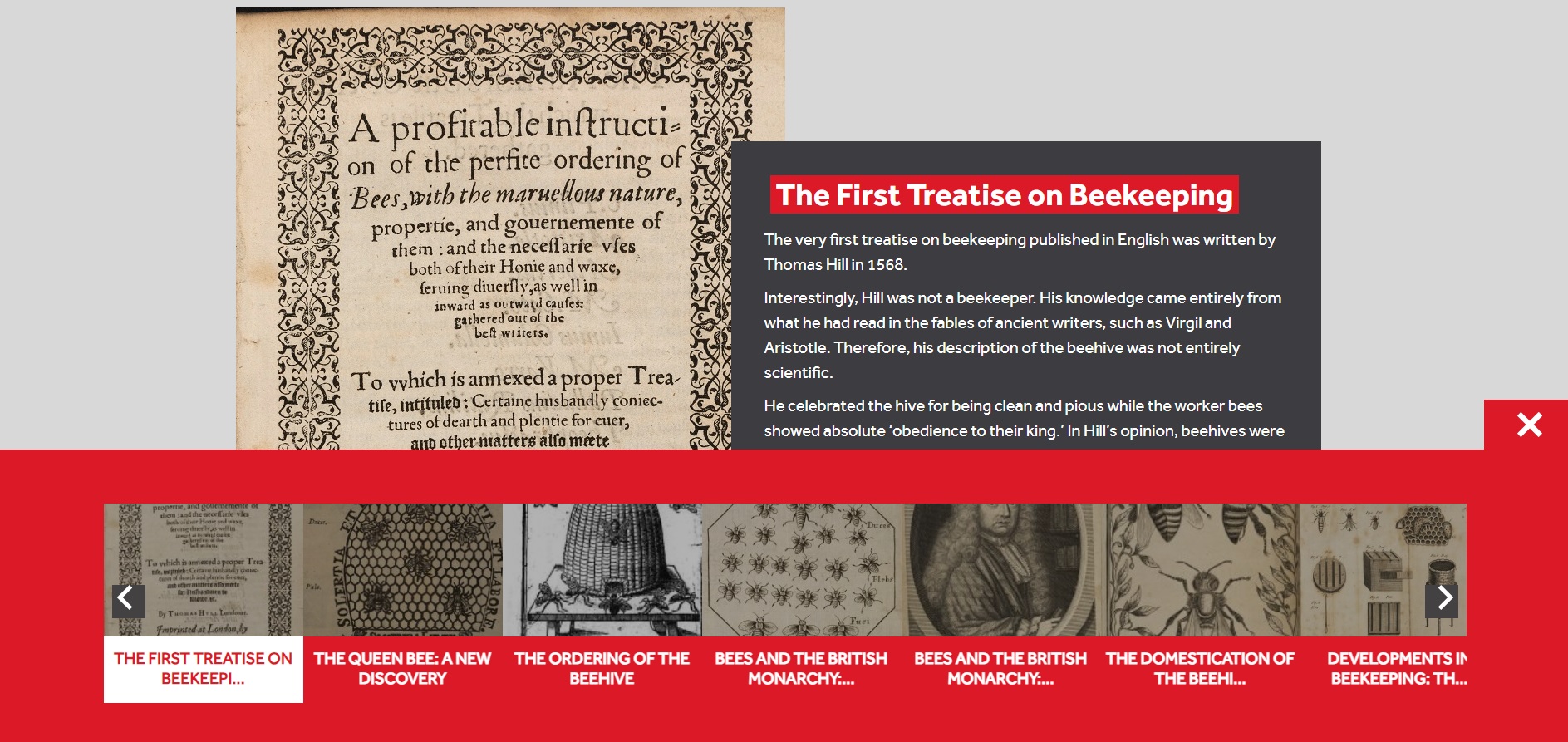
These exhibitions are hosted on our collection websites which act as a portal for sharing content from across the different collections. (For examples see https://merl.reading.ac.uk/explore/online-exhibitions/ or https://collections.reading.ac.uk/special-collections/online-exhibitions/)
We have templates and guides for these should you be interested in creating a collections-related online exhibition. Our usual expectation is that the content is provided to us by the researcher or academic and collections staff upload this to the website, depending on what staffing resource is available.
What are the challenges and demands?
Digitisation is more than just the act of digitising. Staff have to be trained on equipment, retrieve collection items, investigate copyright issues and rights information, as well as process and store the resulting files. We don’t have a dedicated role for digitisation at present and rely on externally funded projects or fitting work around other core responsibilities.
Many items are covered by copyright which lasts for 70 years after the death of the creator or 31 December 2039 – whichever is sooner. These are just some of the considerations we must factor into the decision to digitise.
Want to incorporate digitisation into your research proposal? Here are some things to consider.
Get in touch with us before you get funding for a research project. That way, we can advise you on the practicalities of digitising certain material. We may not – due to copyright and rights issues – be able to digitise and share the content. There might be some material we don’t have the right equipment to digitise. But we are always interested in talking to colleagues about the role we can play in digital humanities projects.
Email us: merl@reading.ac.uk or specialcollections@reading.ac.uk
